1. The Number 13 Isn’t Unlucky Everywhere
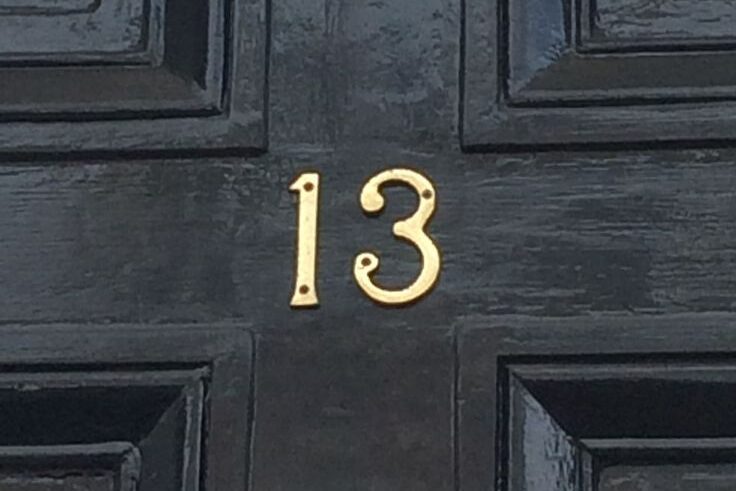
Many people fear the number 13, calling it unlucky, but this belief isn’t universal. In fact, in some cultures like Italy and China, other numbers carry the unlucky label instead; In Italy, 13 is often considered lucky; instead, 17 is feared because it can be rearranged from the Roman numeral XVII into “VIXI” (“I have lived,” implying death), and, in China, the number 4 is often avoided because it sounds like the word for death. The fear of 13, known as triskaidekaphobia, is mostly a Western superstition (e.g., Judas as the 13th at the Last Supper). This shows how superstitions vary widely depending on cultural background. What’s unlucky in one place might be perfectly normal or even lucky somewhere else. It’s a great example of how beliefs are shaped by tradition and language, not universal truths.
2. Cracking Knuckles Doesn’t Cause Arthritis
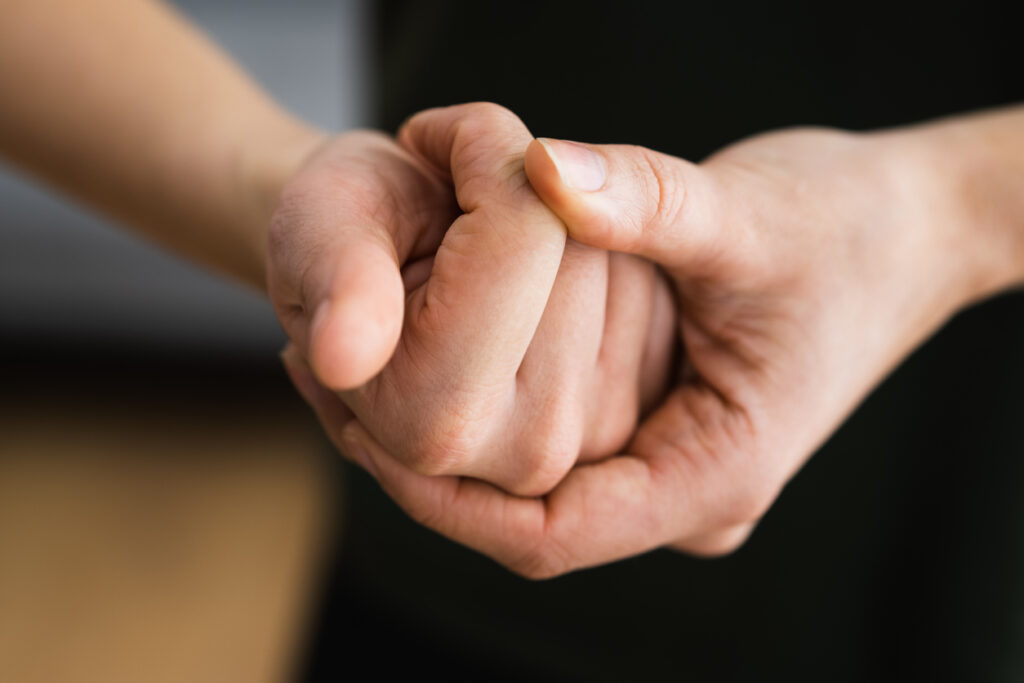
Many of us have heard the warning that cracking your knuckles will give you arthritis one day. This idea feels like a health caution passed down from parents or doctors, but it’s actually a medical myth. Studies have shown no link between knuckle cracking and arthritis, so you don’t have to worry about those popping sounds harming your joints. The noise comes from gas bubbles bursting in the joint fluid, which is harmless.
This myth isn’t even a superstition rooted in culture or folklore; it’s just a mistaken belief that stuck around. So next time someone tells you to stop cracking your knuckles, you can smile and know it’s more about annoying sounds than real damage. It’s a good reminder that not every health warning we hear is backed by science.
3. You Can Swim After Eating Without Danger

Remember being told not to swim right after eating because you might drown? This old advice is more of a health myth than a superstition. It was based on the idea that digestion would divert blood flow from your muscles, making cramps more likely. However, modern research shows that swimming after eating is generally safe and doesn’t increase drowning risk. This myth likely stuck around because parents wanted to keep kids safe, but it’s not actually supported by science. So, if you’re feeling full and want to jump in the pool, don’t stress about waiting hours. Just listen to your body and swim when you feel comfortable.
4. Saying “Bloody Mary” in the Mirror Doesn’t Summon Spirits

The spooky dare to say “Bloody Mary” three times in front of a mirror and summon a ghost is a popular sleepover challenge, but it’s not a real superstition with ancient roots. This scary game became widespread in the 1970s and is mostly a modern urban legend. There’s no real folklore backing it up, just the thrill of a dare and the power of imagination. This myth taps into our love for scary stories and the mysterious, but it’s more about fun and fear than actual spirits. It shows how some superstitions are born from pop culture rather than tradition.
5. Wake Up at 3 a.m. There Isn’t a Devil Watching

Many horror stories and internet posts claim that waking up at 3 a.m. means the devil or evil spirits are watching you. This idea is a recent invention fueled by movies and online scares. It’s not found in old belief systems or traditional superstitions. People naturally wake up during the night, and 3 a.m. is just a common time for light sleep phases. This superstition reflects how modern media can create new fears that feel ancient but are really just stories for entertainment. It reminds us to question scary ideas that pop up online and to look for real explanations behind strange experiences.
6. Eye Twitching Doesn’t Mean Someone’s Talking About You
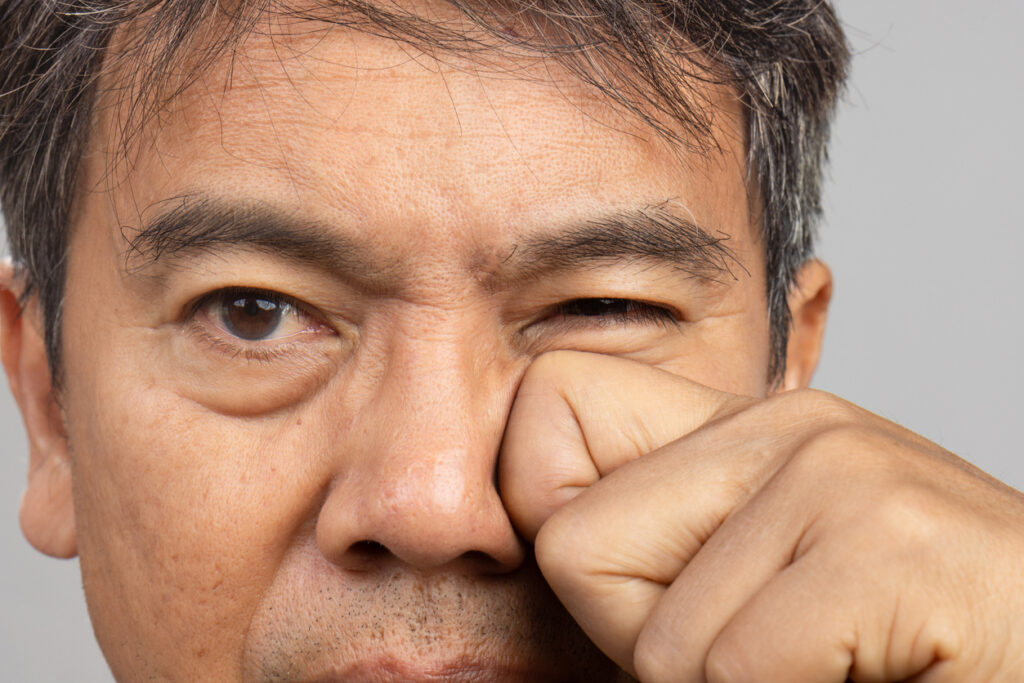
It’s a common saying that when your eye twitches, someone must be gossiping about you. This sounds like a folk belief passed down through generations, but it doesn’t have solid roots in any culture or tradition. In reality, eye twitching is usually caused by fatigue, stress, or even caffeine, not secret conversations about you. The idea likely persists because it’s a fun way to explain a random bodily twitch. This superstition is more about coincidence and pseudoscience than real cause and effect. People like to find meaning in small bodily quirks, but this one is just a harmless twitch. So, the next time your eye jumps, you can relax knowing it’s not a sign of hidden chatter.
7. You Don’t Swallow Spiders in Your Sleep
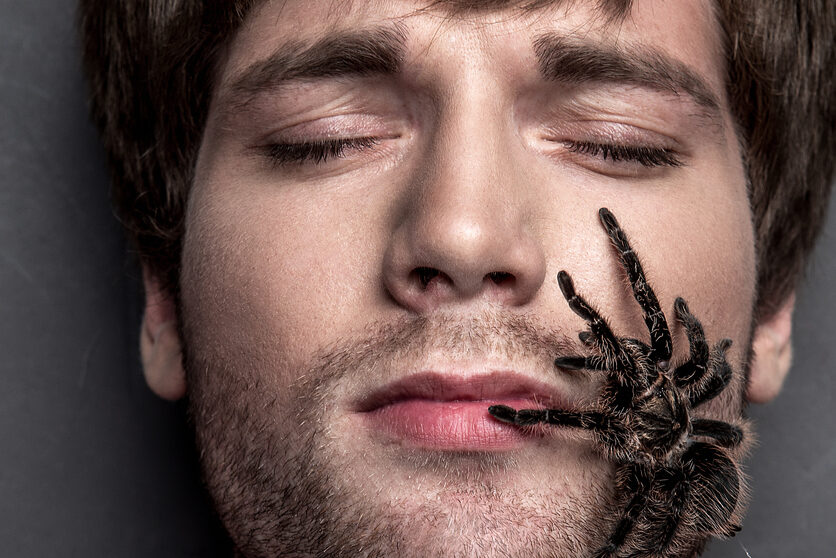
The creepy claim that people swallow eight spiders a year while sleeping is completely made up. This myth started in the 1990s as an example of how false information can spread quickly online. Spiders generally avoid humans and the vibrations we create while sleeping, so it’s very unlikely they’d crawl into your mouth. This myth shows how easily misinformation can become accepted as fact just because it’s repeated often. It’s a reminder to question strange “facts” we hear, especially those that sound too weird to be true. So, you can sleep peacefully without worrying about spider snacks.
8. Wet Hair Doesn’t Make You Catch a Cold

Many parents warn kids not to go outside with wet hair or they’ll catch a cold, but this is a health myth, not a superstition. Colds are caused by viruses, not by being cold or having wet hair. While being chilled might make you feel uncomfortable, it doesn’t directly cause illness. Viruses spread through contact with infected people or surfaces. This myth likely comes from the idea that being cold weakens your immune system, but scientific evidence doesn’t support that wet hair causes colds. That said, being chilled can make pre-existing infections symptomatic but it doesn’t cause illness. So, feel free to dry off and head outside without worry.
9. Cats Don’t Steal Your Breath While You Sleep
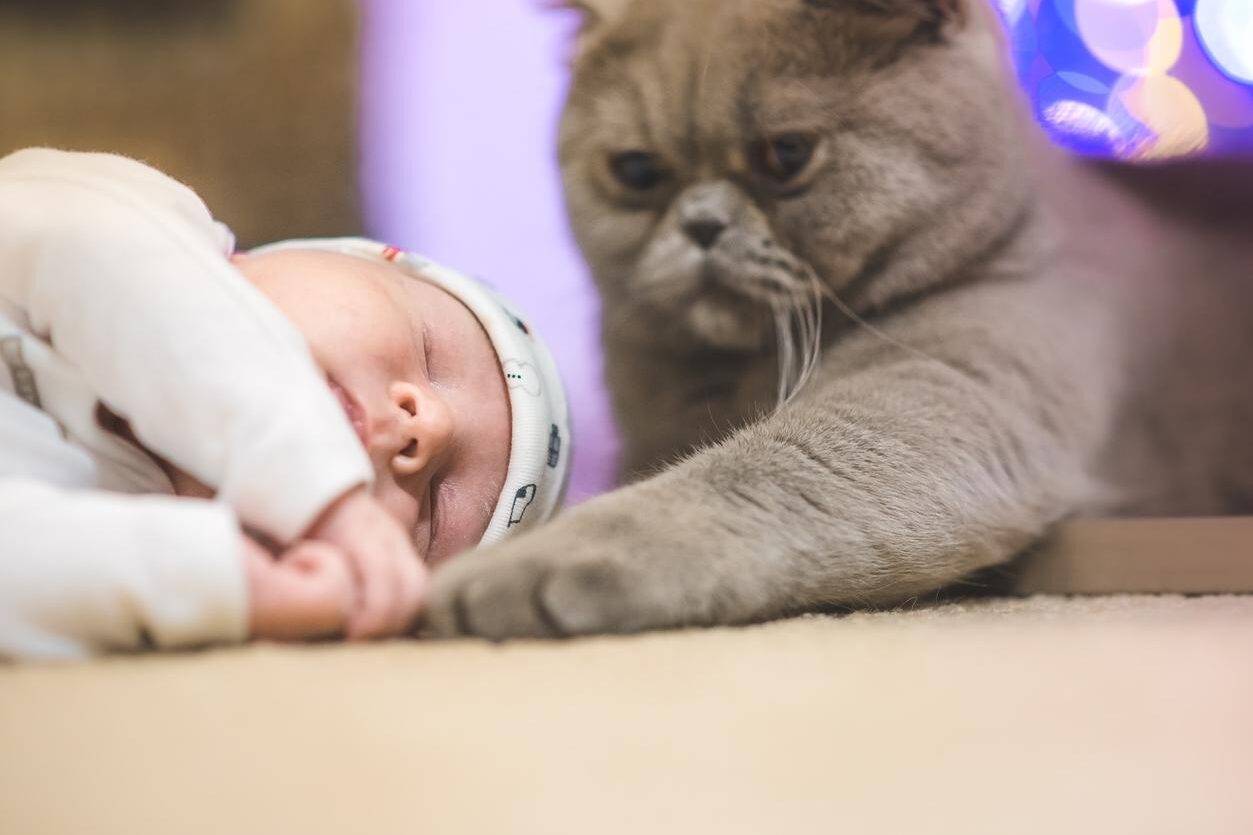
There’s an old wives’ tale that cats can steal your breath while you’re sleeping, especially babies. This scary idea probably started because some infant deaths were wrongly blamed on cats curling up near a baby’s face and cases of infant sudden death (SIDS) were wrongly blamed on cats. However, there’s no real folklore or cultural tradition supporting this belief. Cats are more likely to seek warmth and comfort than to cause harm. This myth reflects how people sometimes try to explain tragic events with simple stories, even if they aren’t true. It’s a reminder to be careful about blaming innocent animals for things beyond their control. So, if a cat curls up next to you, it’s just looking for a cozy spot, not trying to steal your breath.
10. Funny Faces Won’t Get Stuck That Way

Parents have long warned kids not to make funny faces or they’ll get stuck like that forever. This silly warning isn’t based on any cultural superstition or folk belief; it’s just a playful way to discourage kids from pulling strange expressions. There’s no evidence in folklore or science that making faces can cause permanent changes. This myth shows how parents sometimes use imaginative tactics to guide behavior, even if the stories aren’t true. It’s a harmless example of how myths can come from everyday life rather than deep traditions. So, feel free to smile, frown, or make silly faces without worry.
11. Eating Pop Rocks and Soda Won’t Make You Explode

The idea that combining Pop Rocks candy and soda will cause your stomach to explode is a classic urban legend. This myth was fueled by fake stories and misunderstood advertising campaigns in the 1970s and 80s; it centers on myths about carbon dioxide build-up. However, the FDA reassured parents of the candy’s safety, and MythBusters tested the claim, finding it false. The myth also included a false death story of “Mikey” from a cereal commercial. While the candy does fizz and bubble, it’s perfectly safe to eat with soda. This legend shows how easily misinformation can spread, especially when it sounds dramatic or exciting.
It’s a reminder to take wild stories with a grain of salt and check the facts because they teach us to question what we hear and look for real evidence before believing something.
This story Debunking 11 Widely Known Superstitions was first published on Daily FETCH


